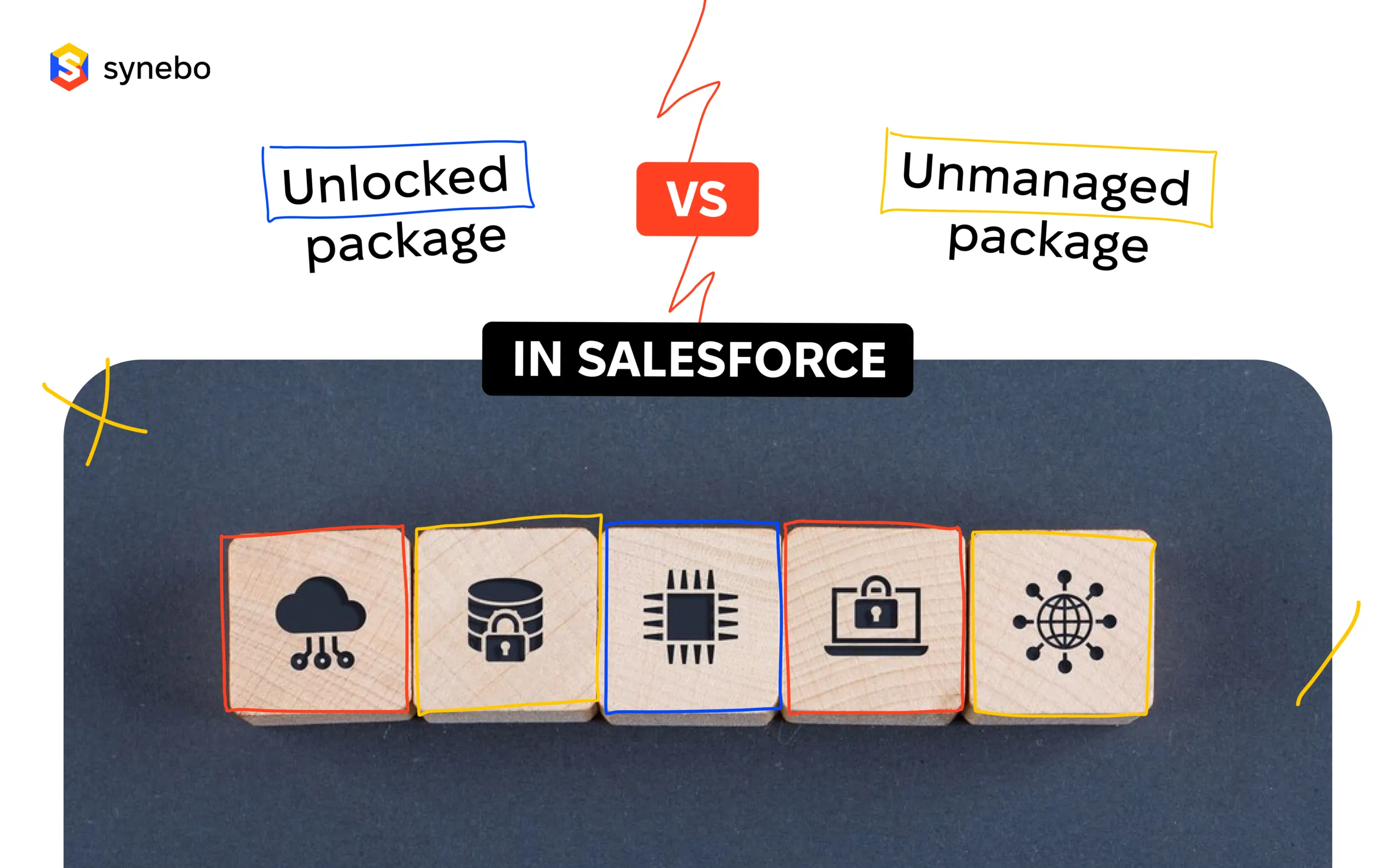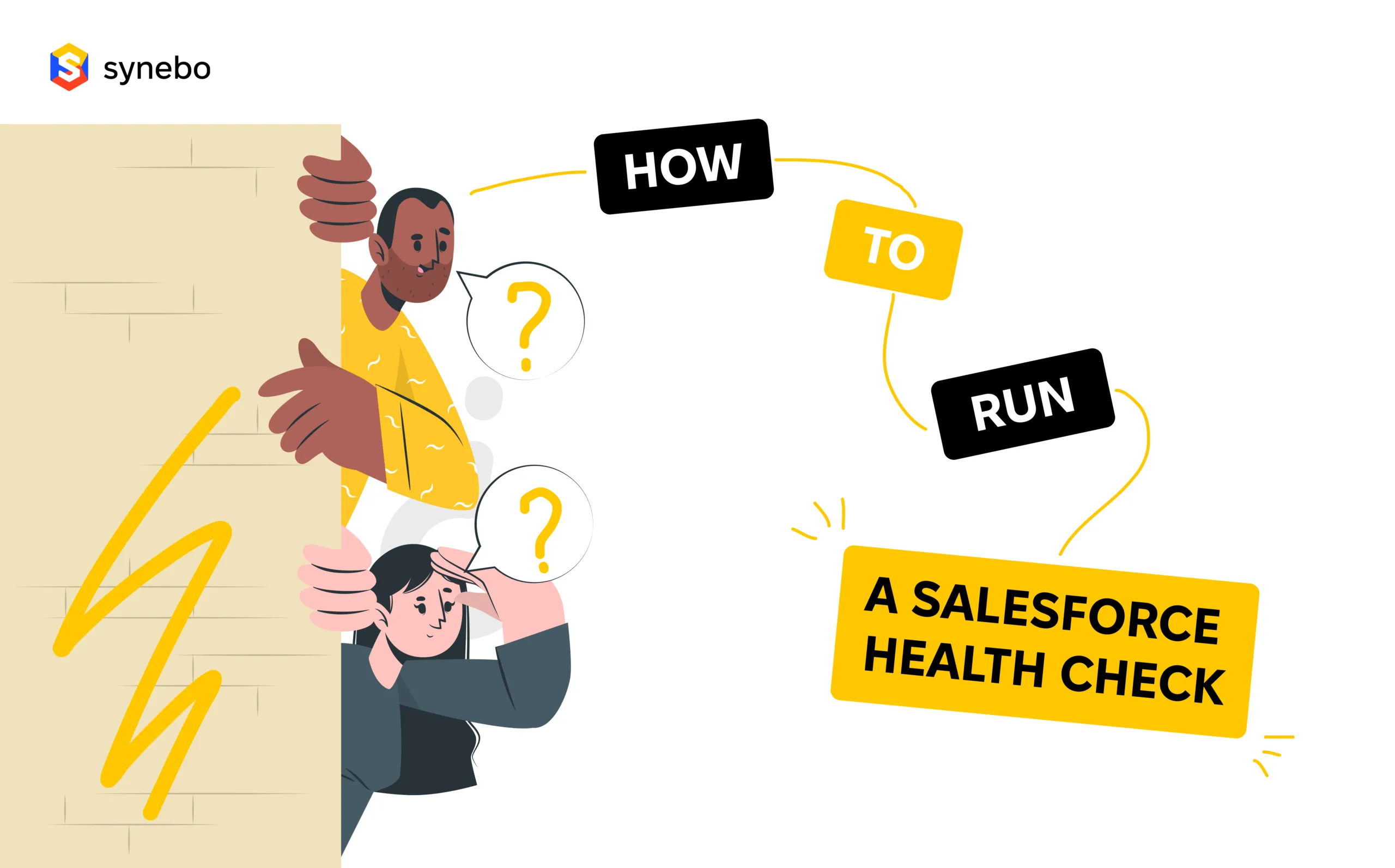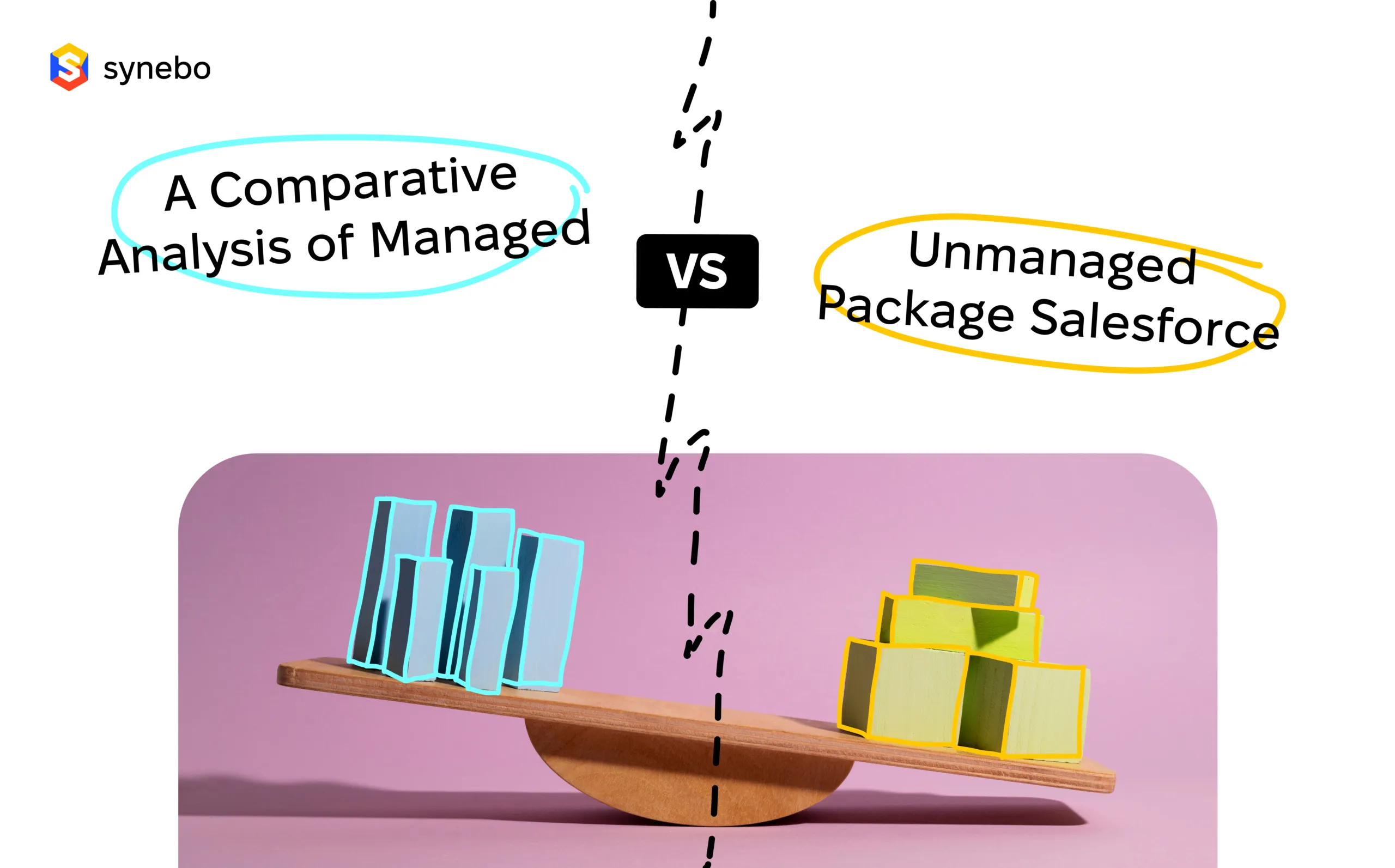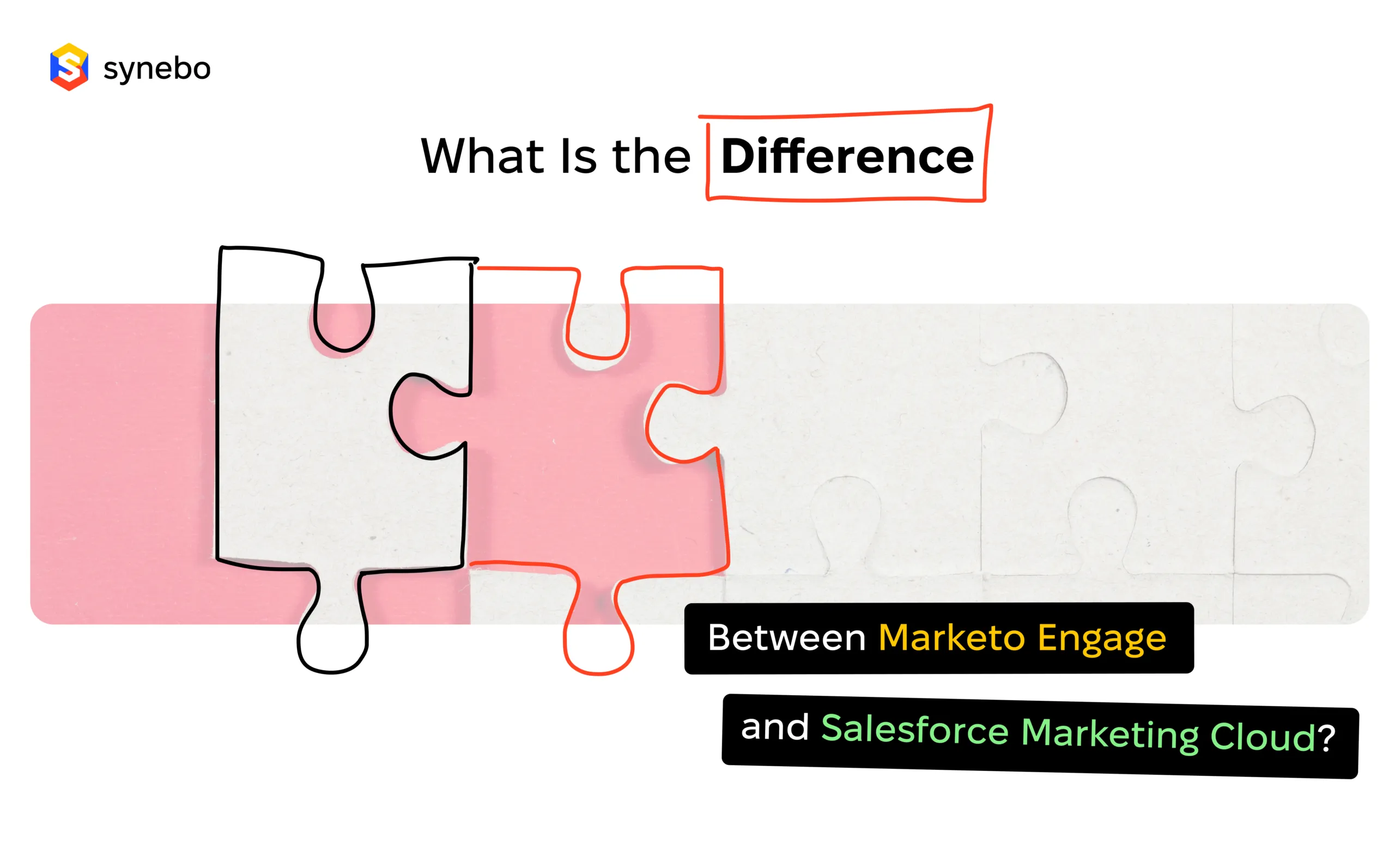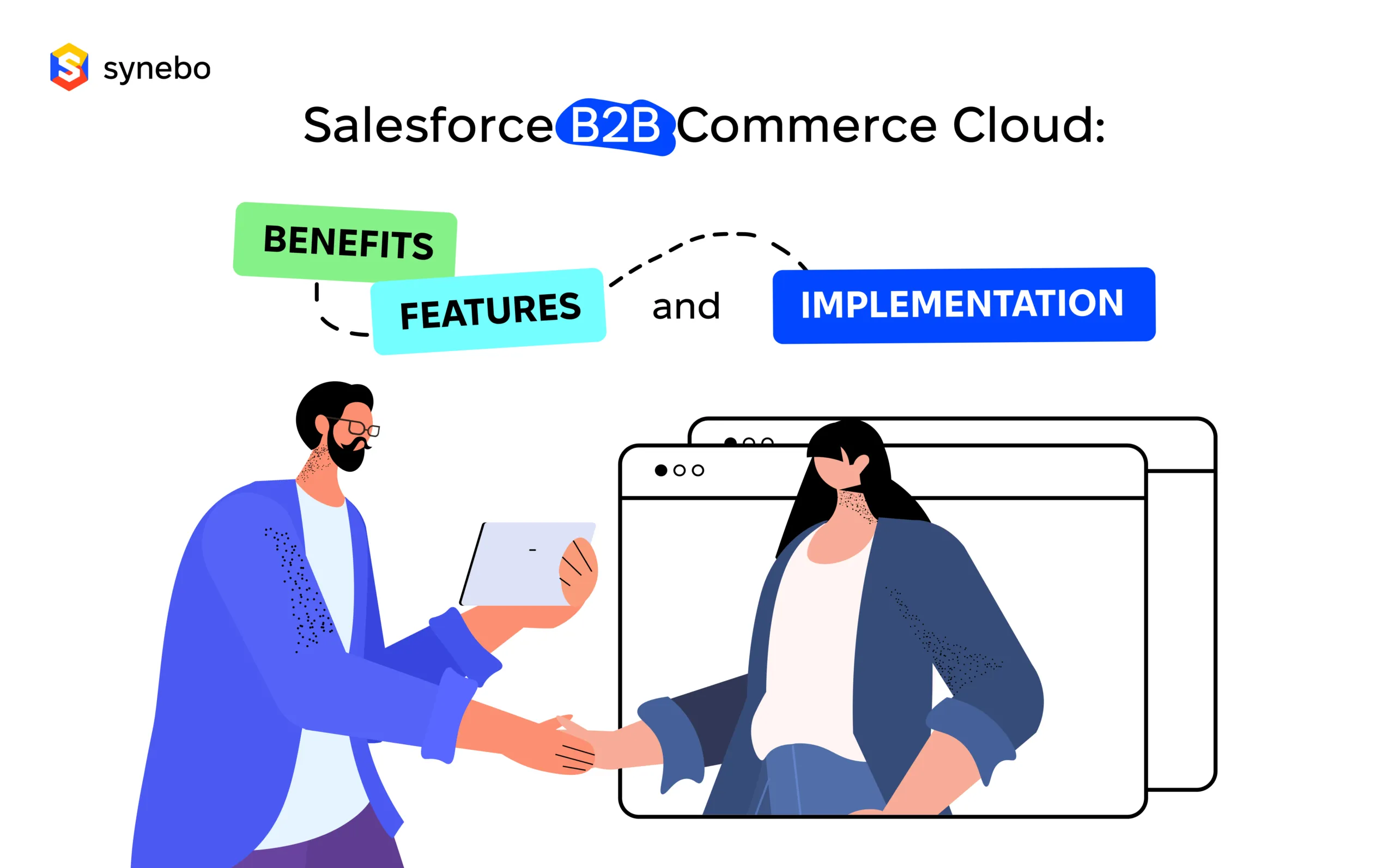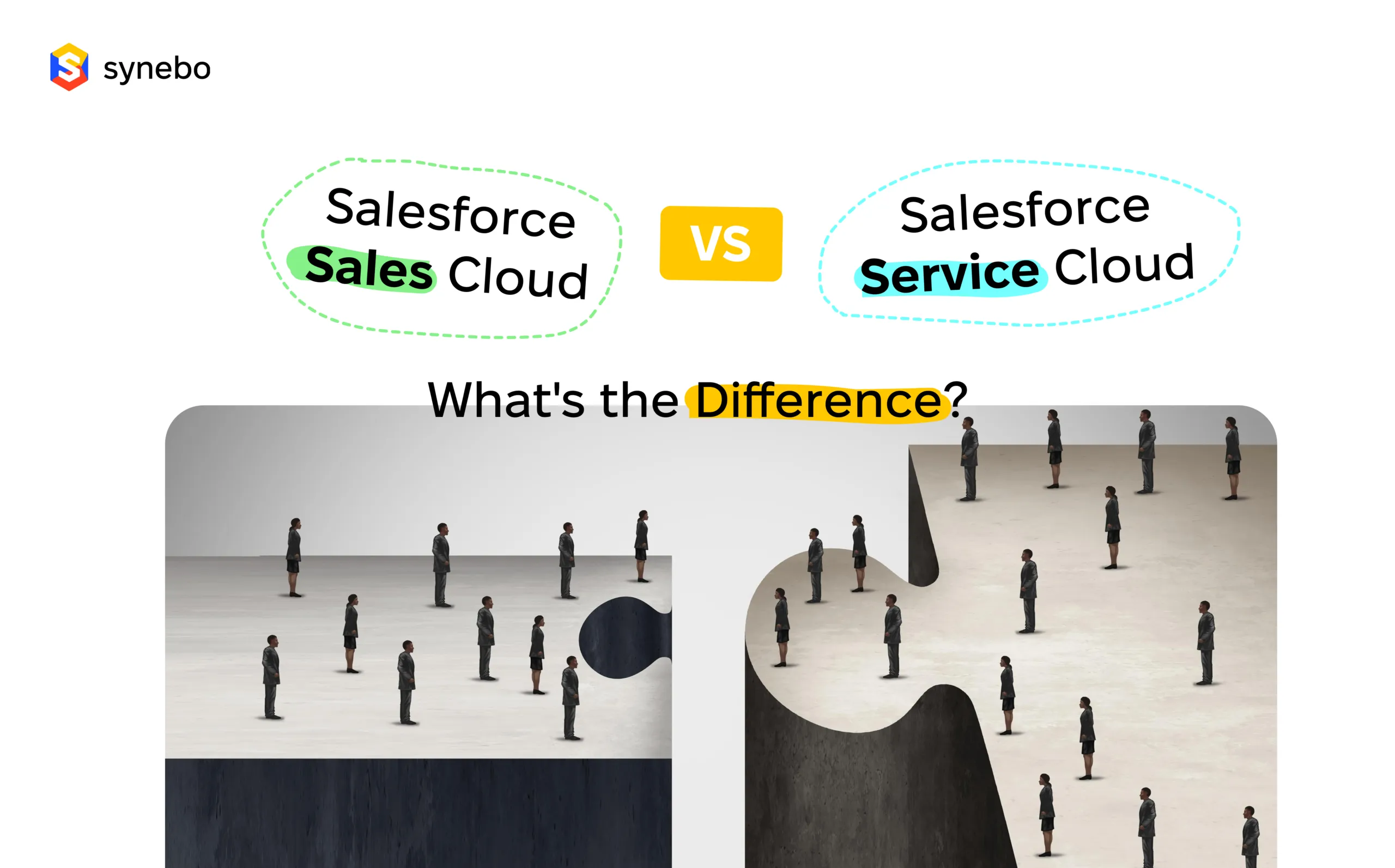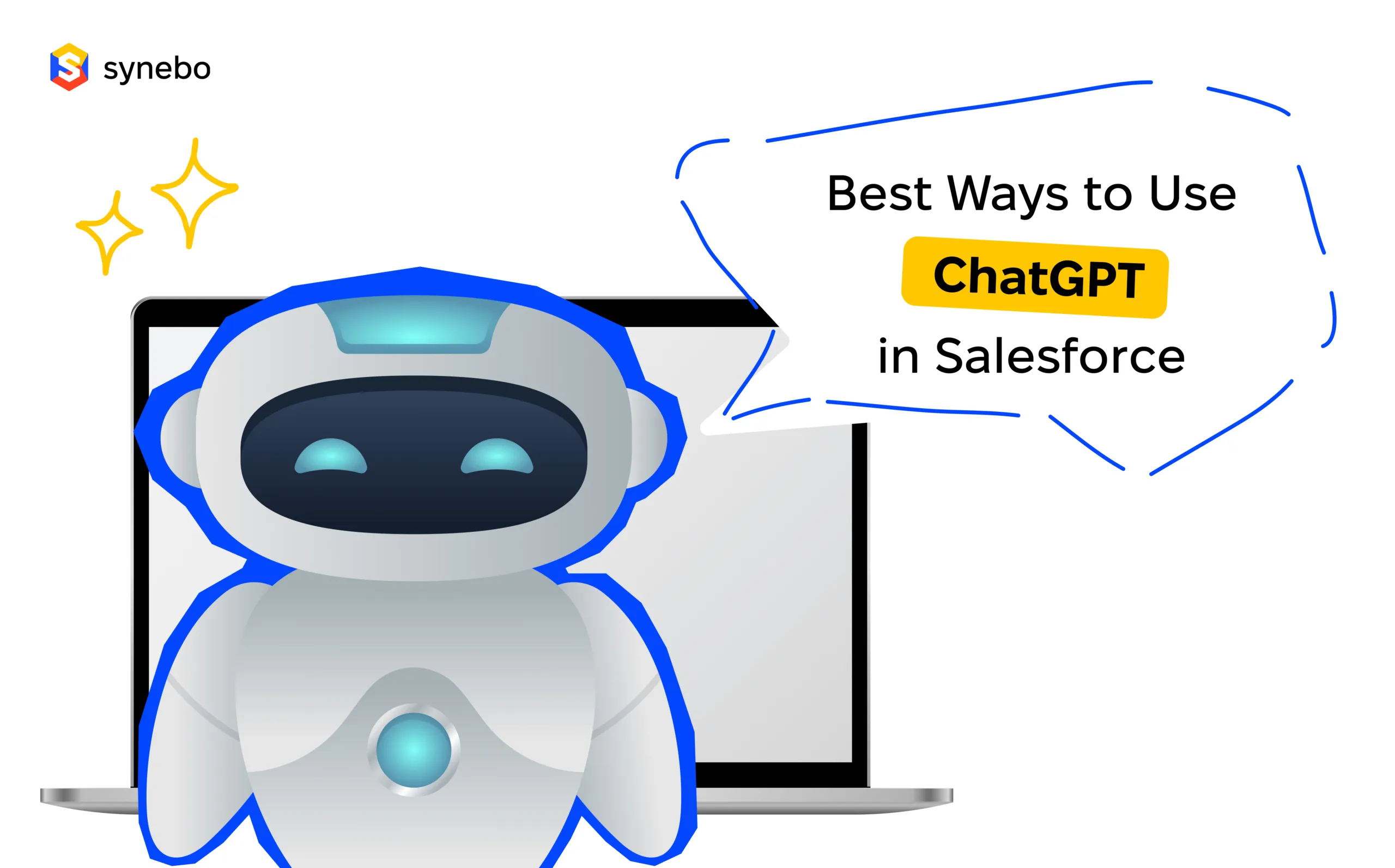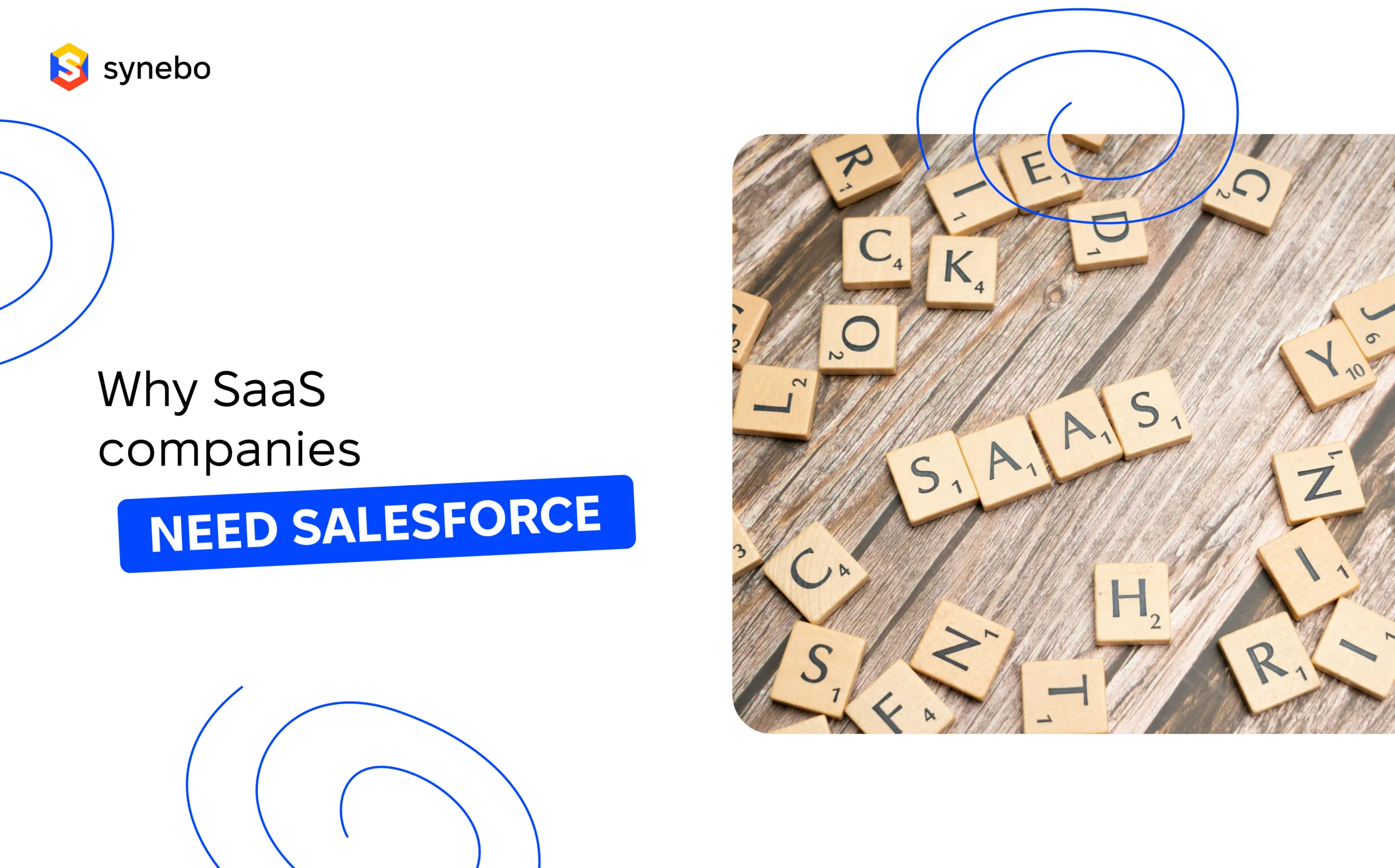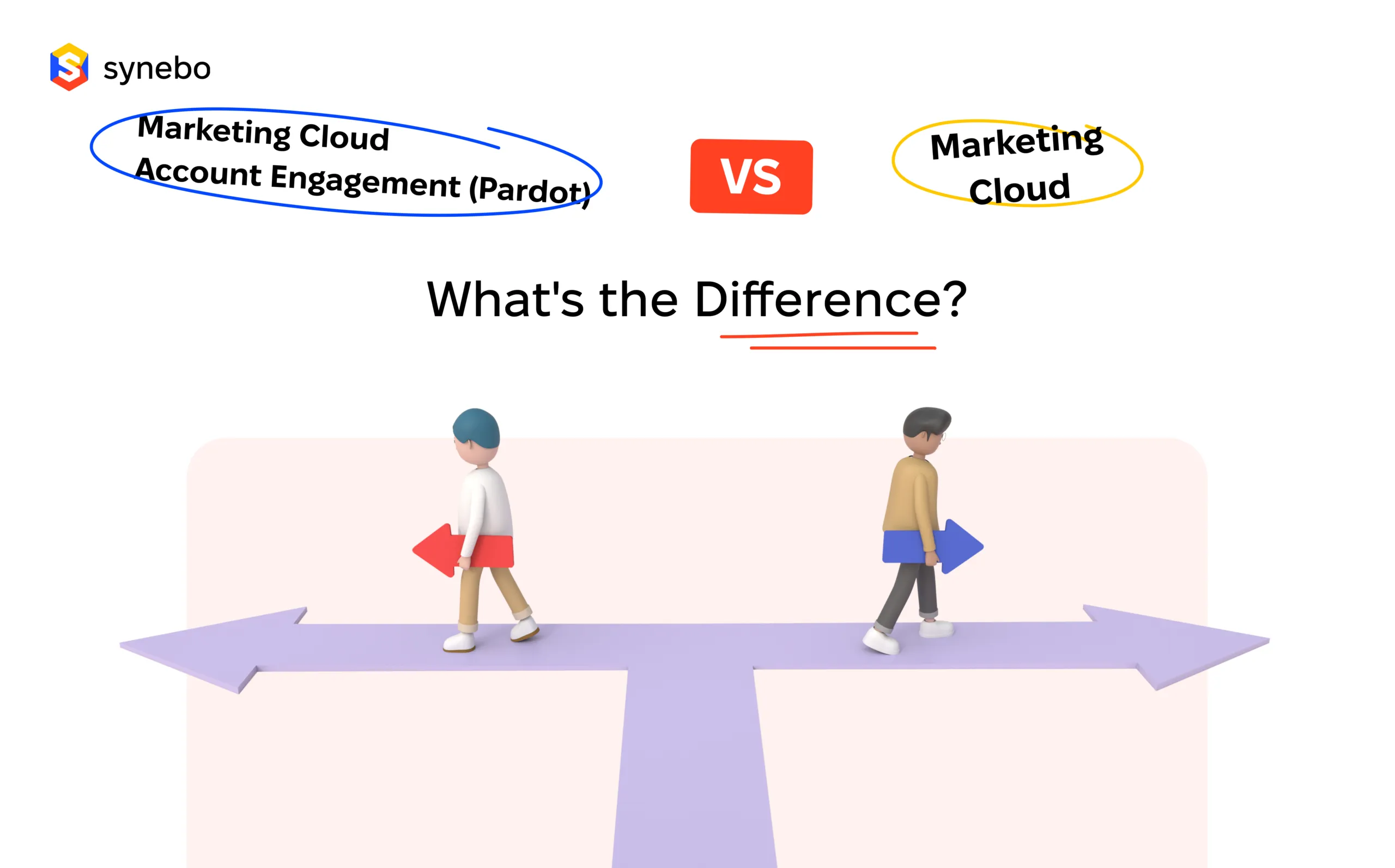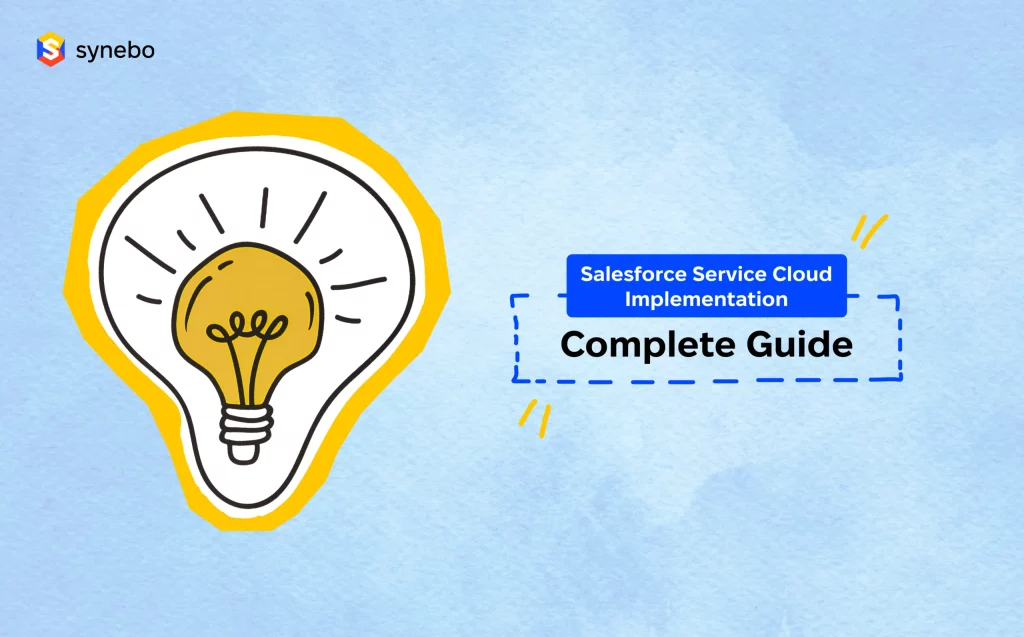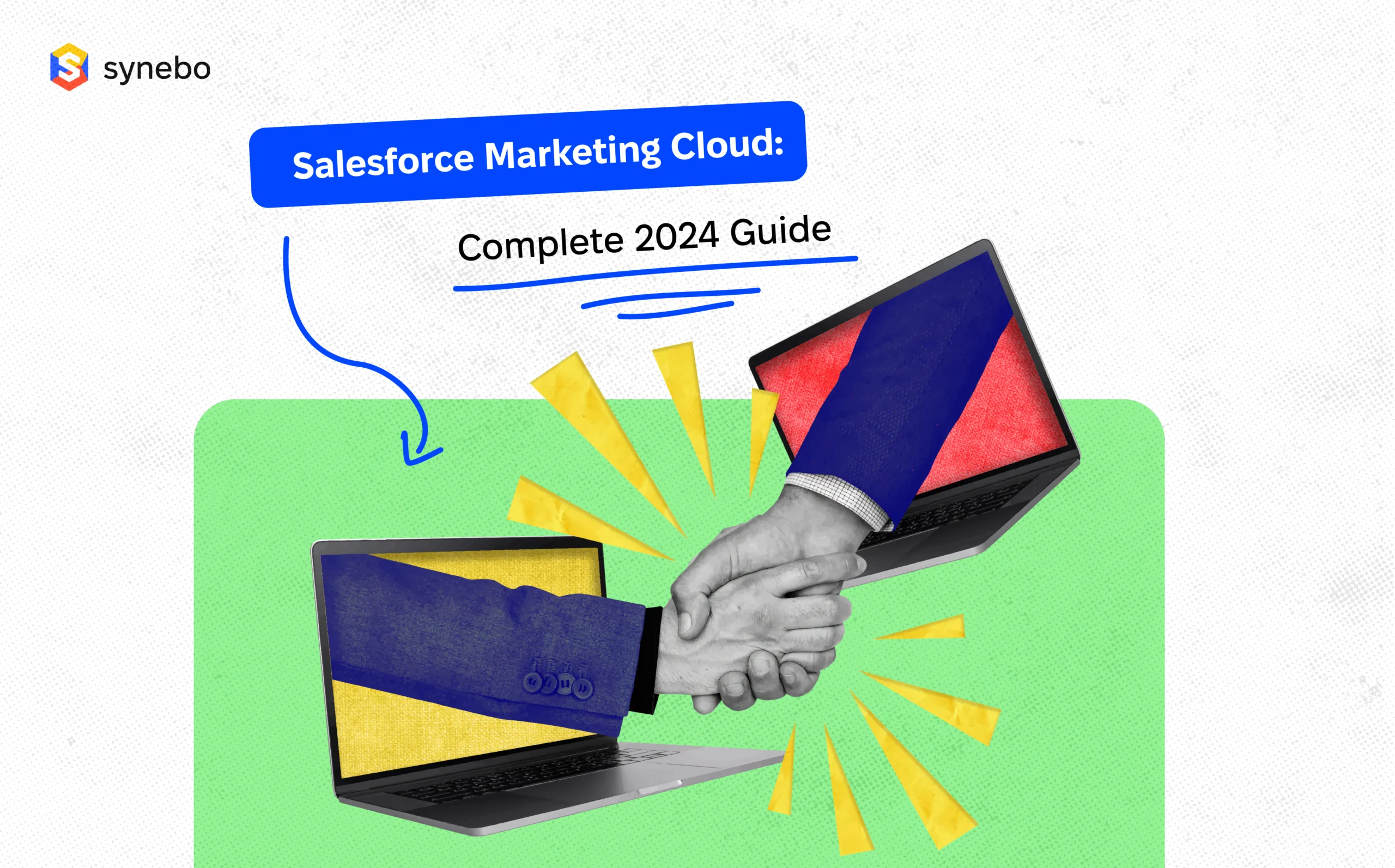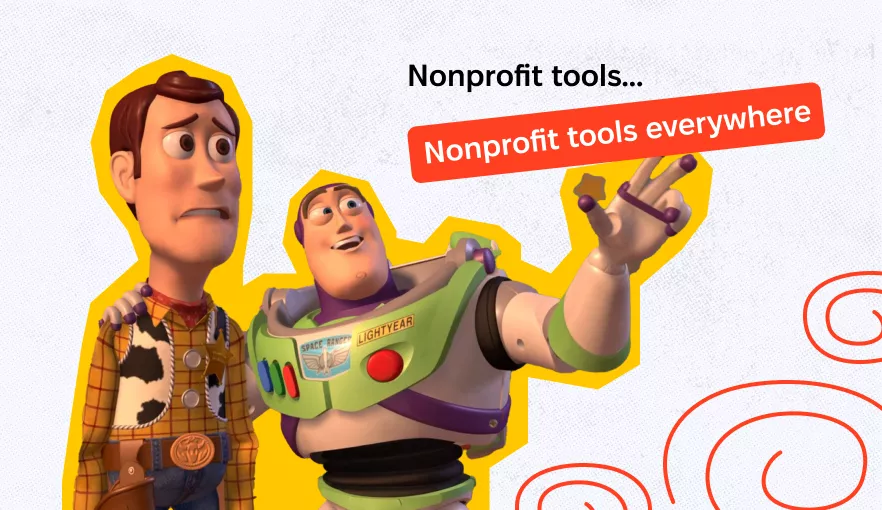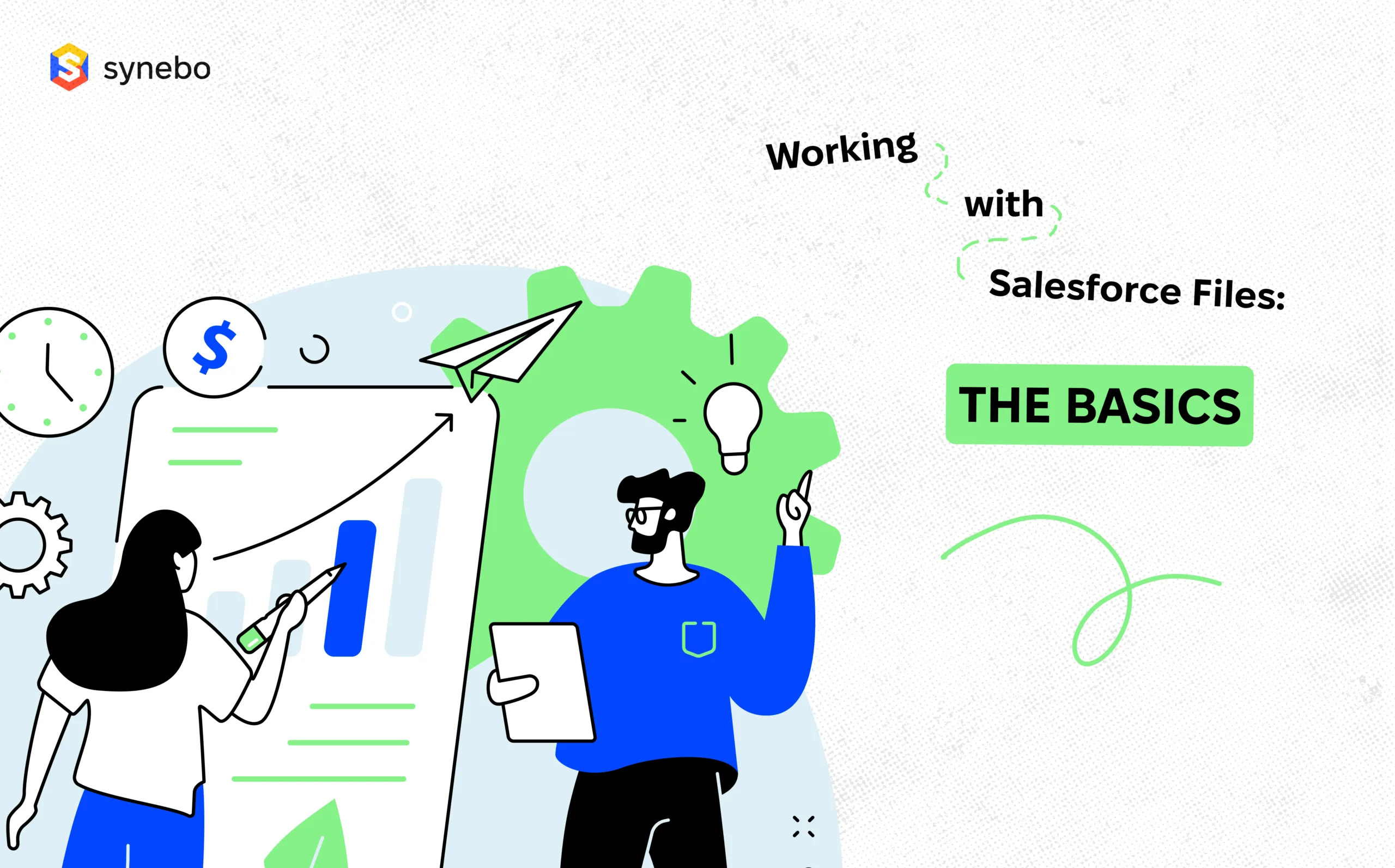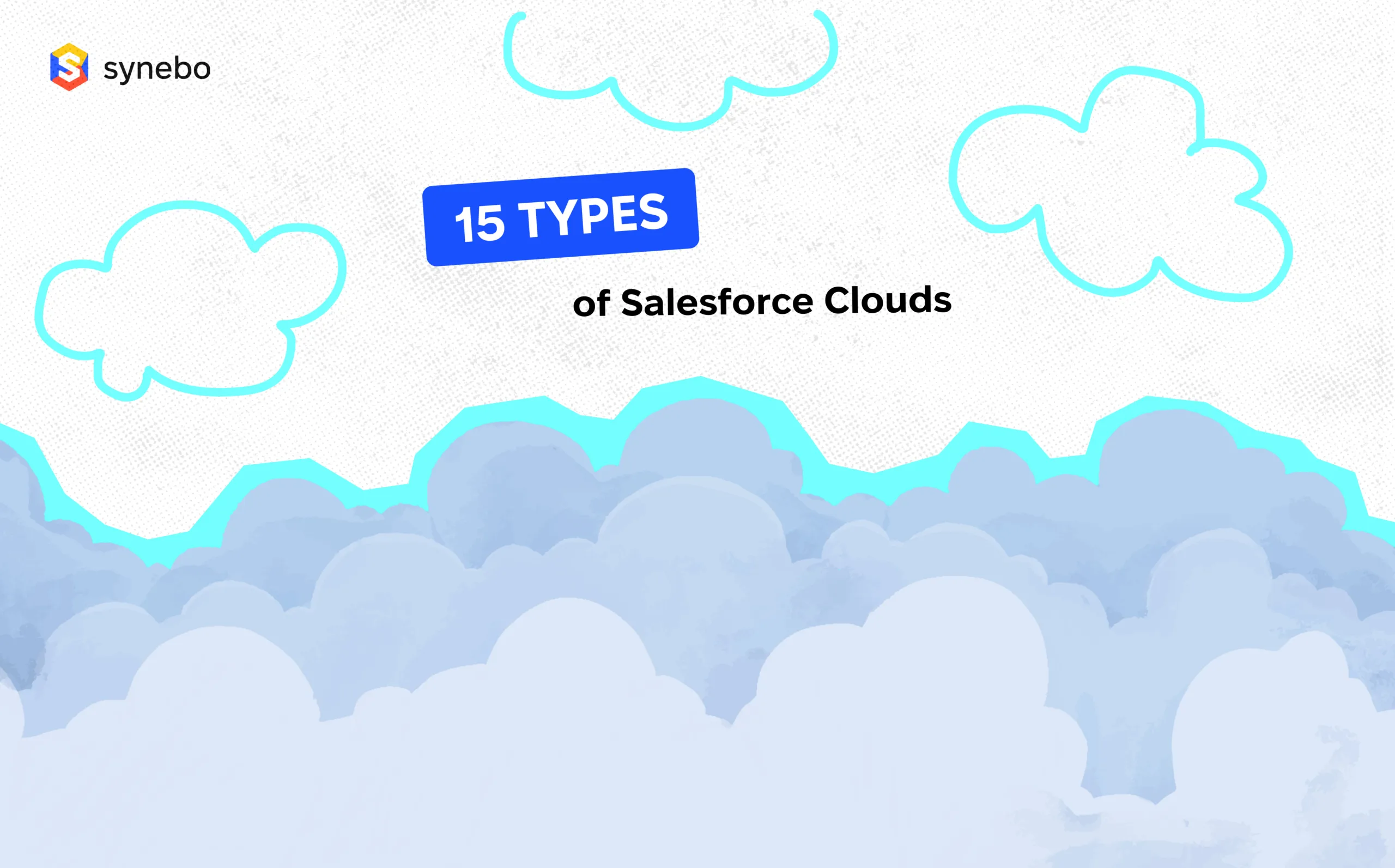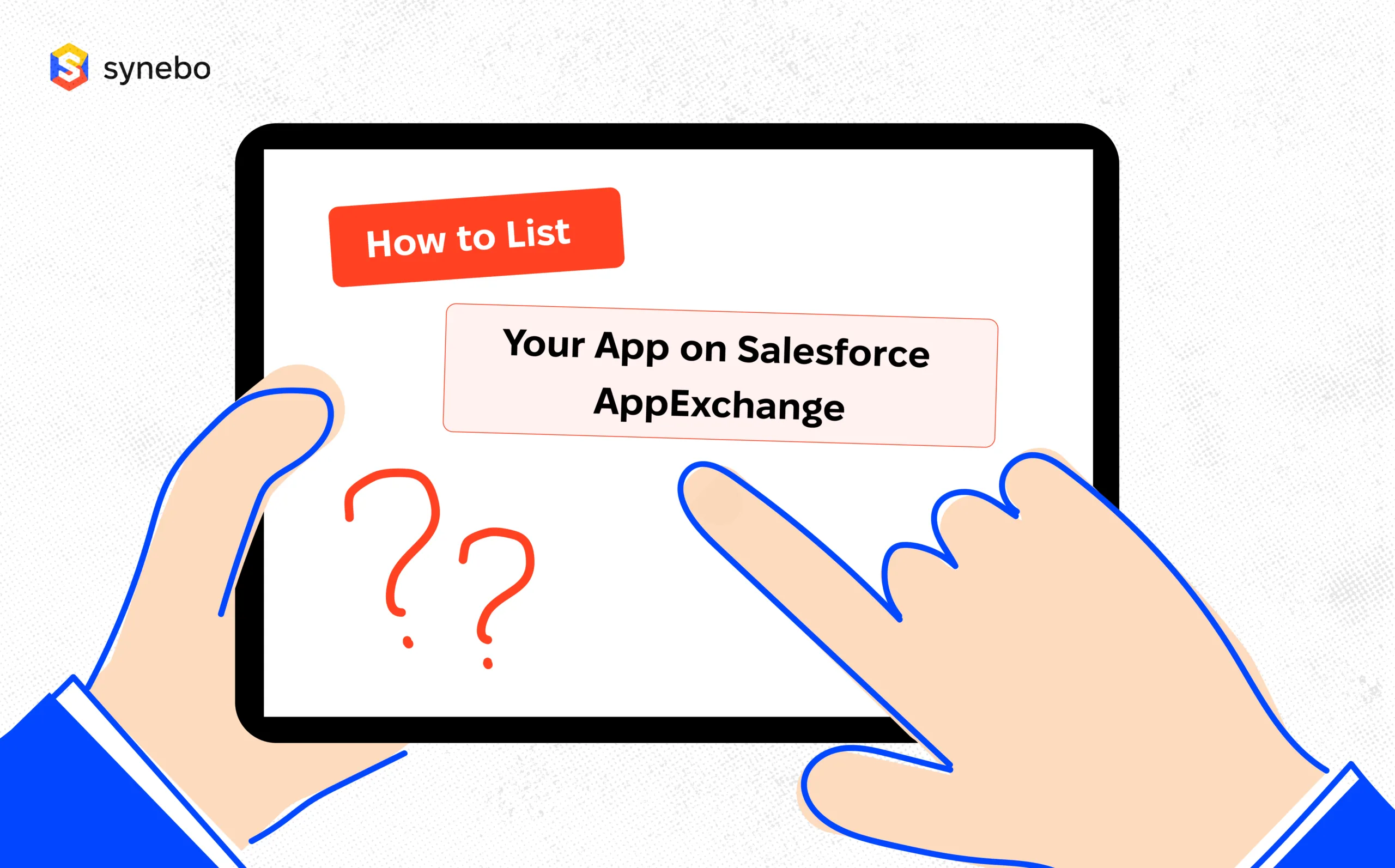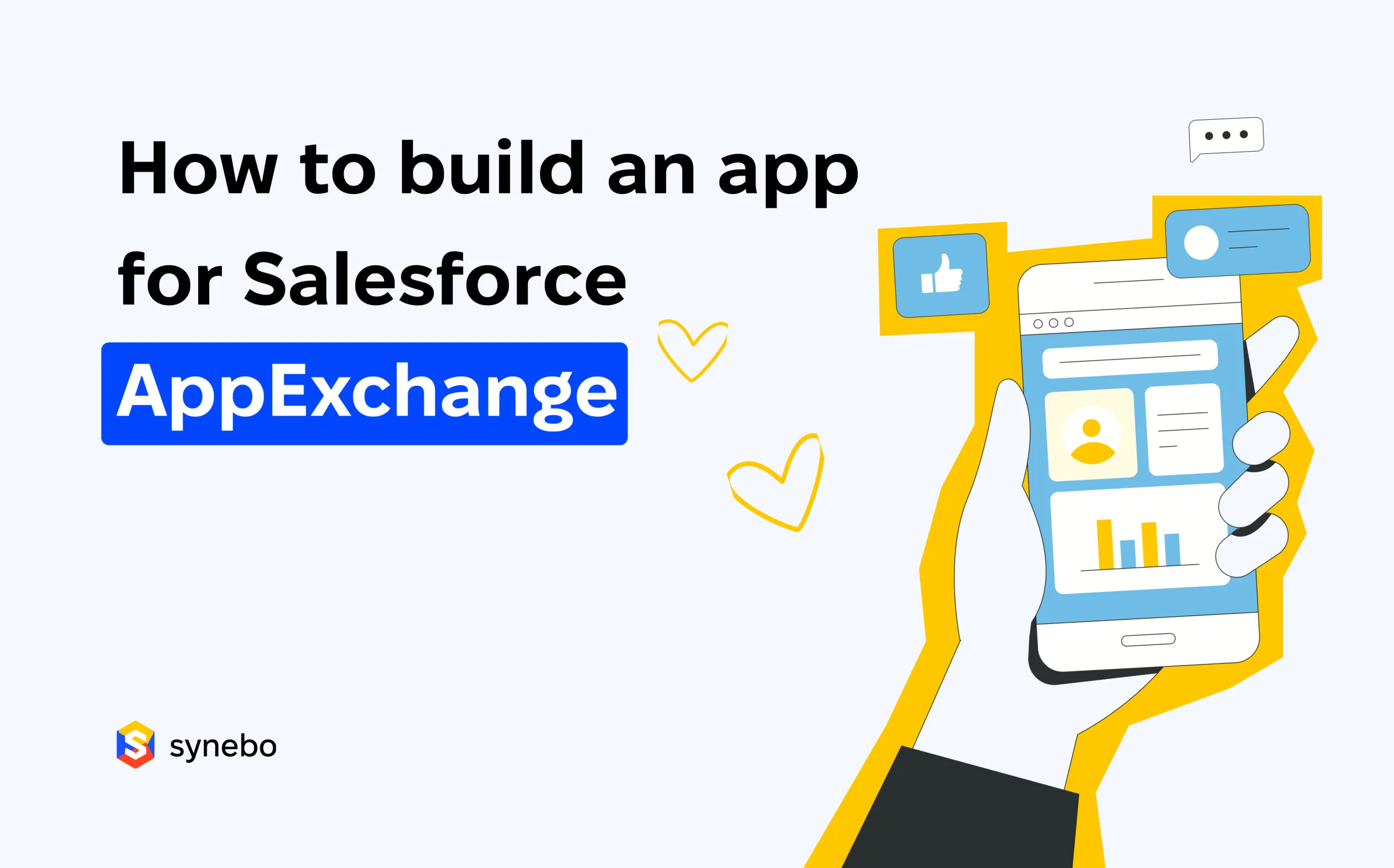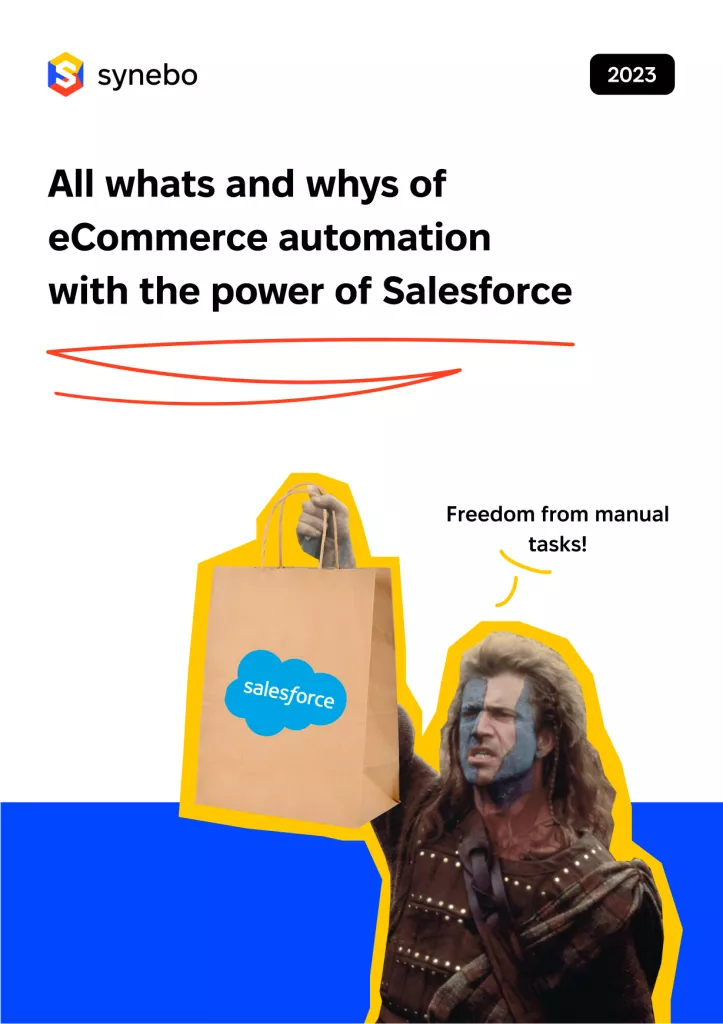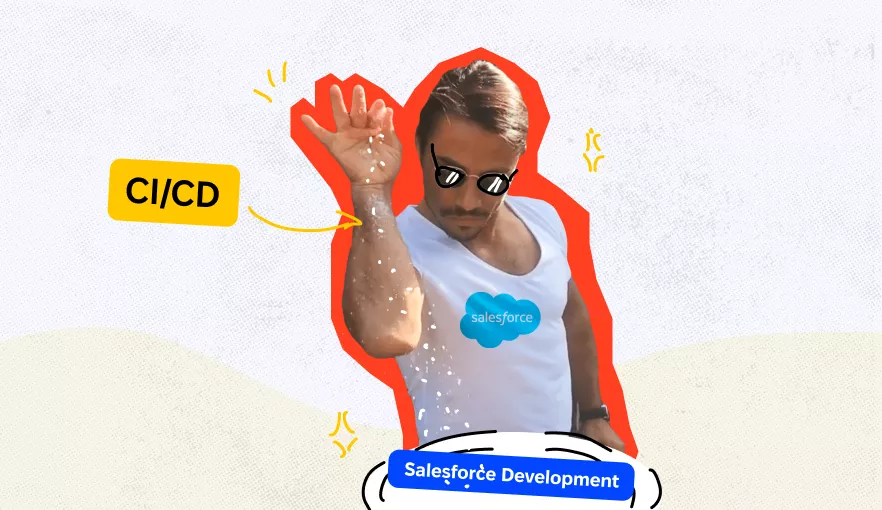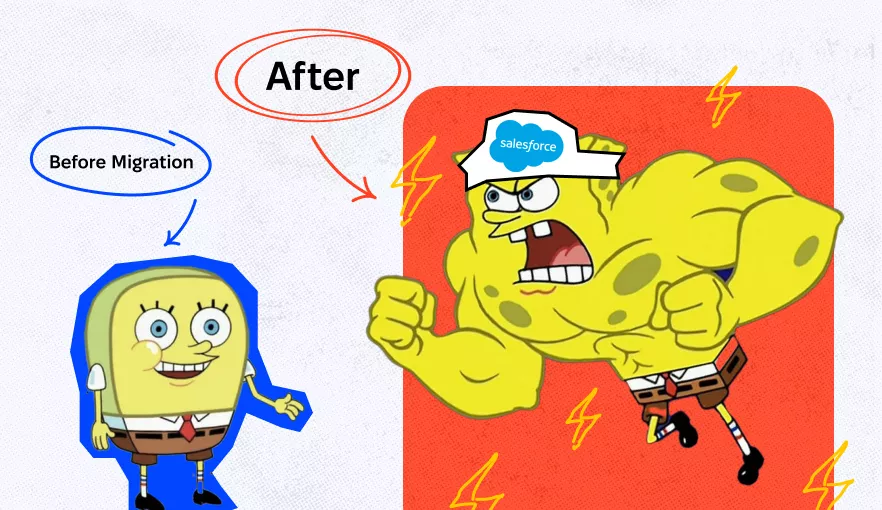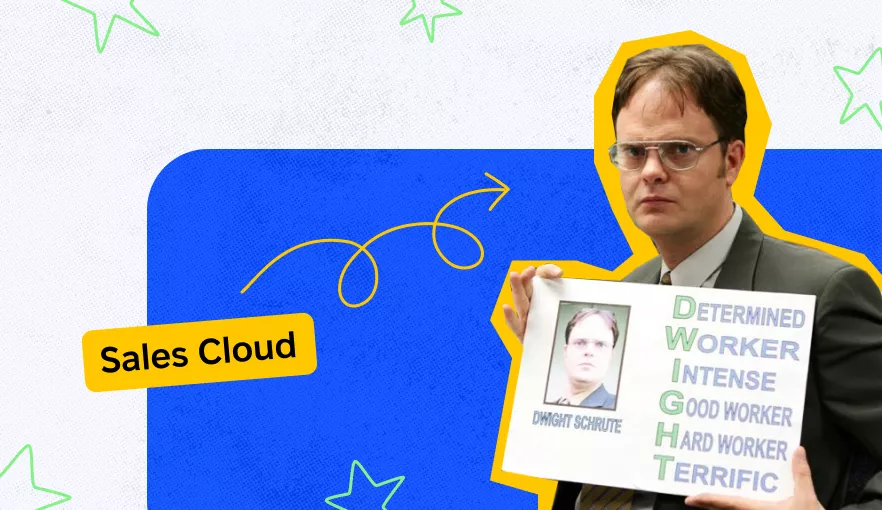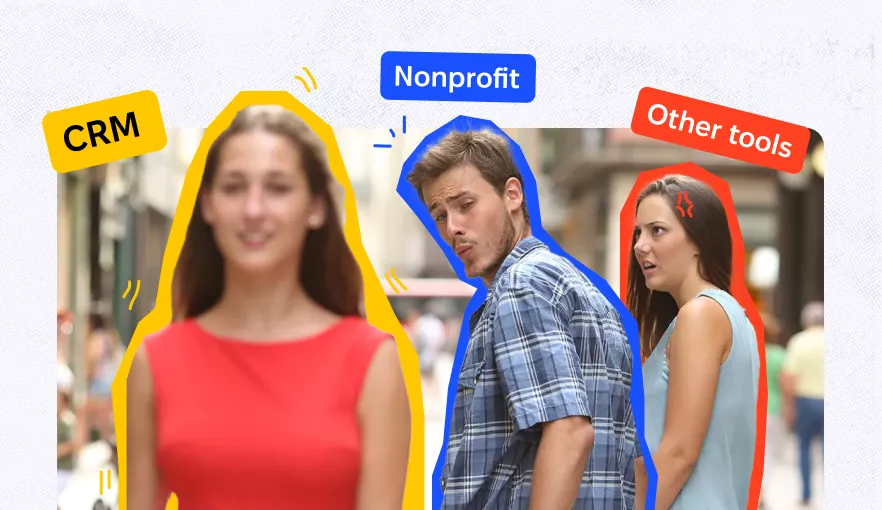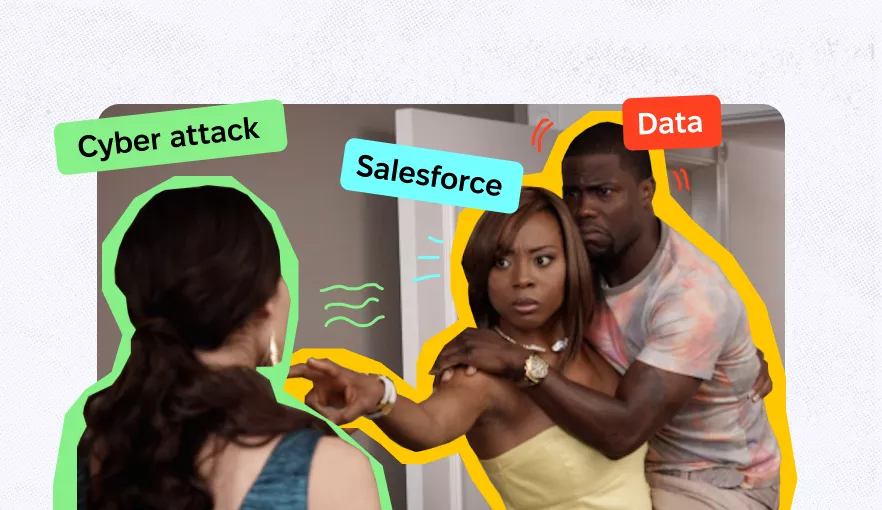Mastering Communication: Strategies for Collaborating with Salesforce Development Outsourcing Team
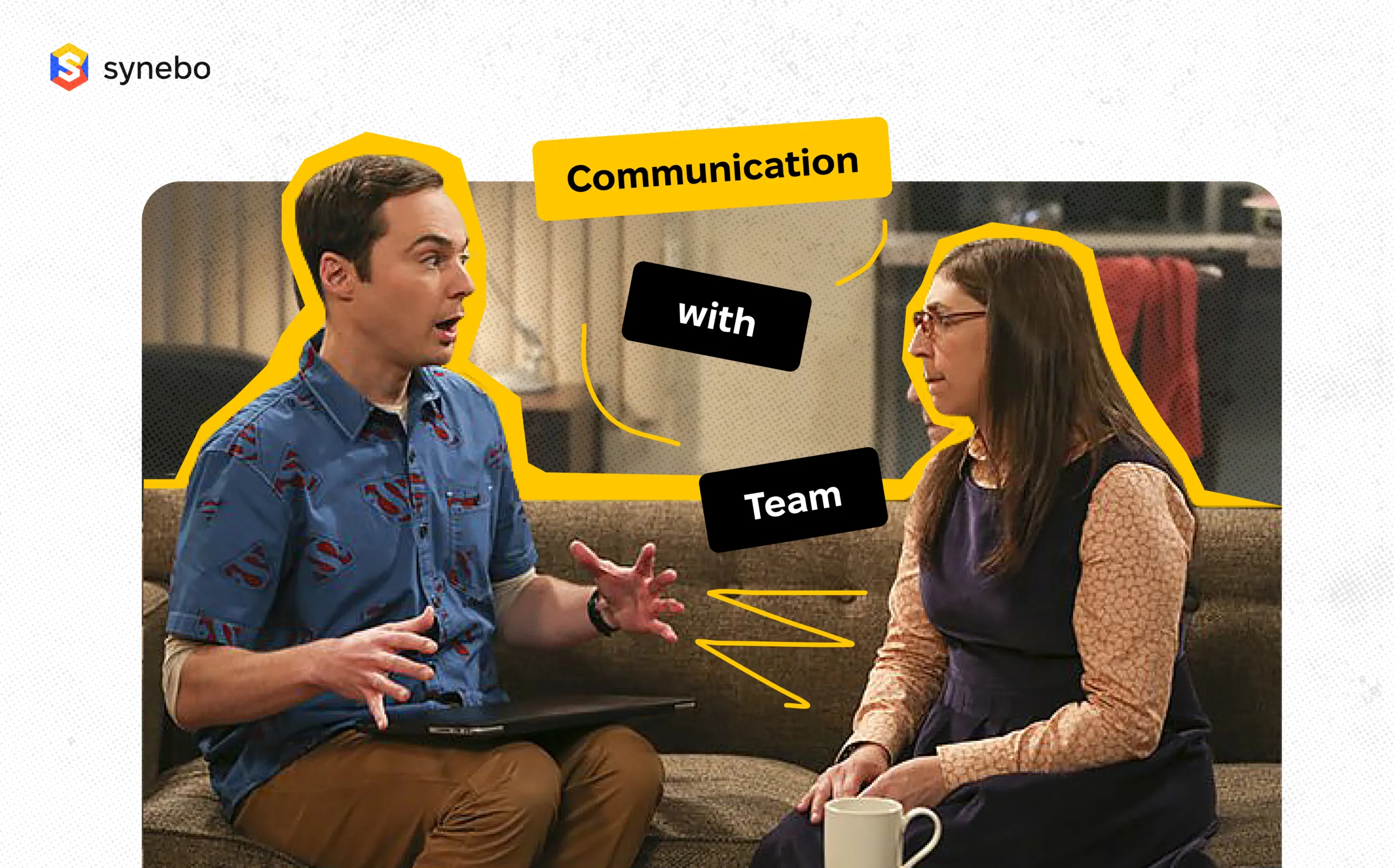
In today’s global business environment, companies tend to outsource their Salesforce development needs to external teams. While outsourcing offers many benefits, from cost savings to tapping into specialized expertise, it also presents unique communication challenges.
It’s projected that the IT outsourcing market will grow at a CAGR of 11.07%, meaning that the rate at which companies tend to shift from in-house to outsourced team is high.
Bridging the gap between internal expectations and external execution is crucial for project success. In this post, you will find concrete reasons behind this claim. You will also discover about common communication issues and best practices for solving them.
What is Salesforce Development Outsourcing Team?
Let’s begin by reviewing the definition of the outsourcing collaboration model:
Outsourcing is a business practice in which an organization contracts with an external third-party provider or company to perform specific tasks, services, or functions.
When you request assistance from a Salesforce software provider, you can ask for some work scope to be handled on their side. Alternatively, you may get an entire team composed to meet the needs of your project in the most effective manner. Respectively:
A Salesforce development outsourcing team is a group of professionals and experts who are hired by a company or organization to handle various aspects of Salesforce development on an outsourced basis.
The thing is that such teams usually neither visit your location often nor work in your office space. So, to ensure that the project goes well, you need to communicate all the deliverables, manage and coordinate the team, provide them with necessary information, and more. Even in the case when the team has a dedicated project manager, they just aid you but do not completely take your responsibility to maintain effective communication from your side.
Why Maintaining Effective Remote Team Communication Is Critical?
Well, it sounds pretty obvious that effective communication matters. Without deepening much into all the nuances, let’s get an idea of how significant is the impact of communication:
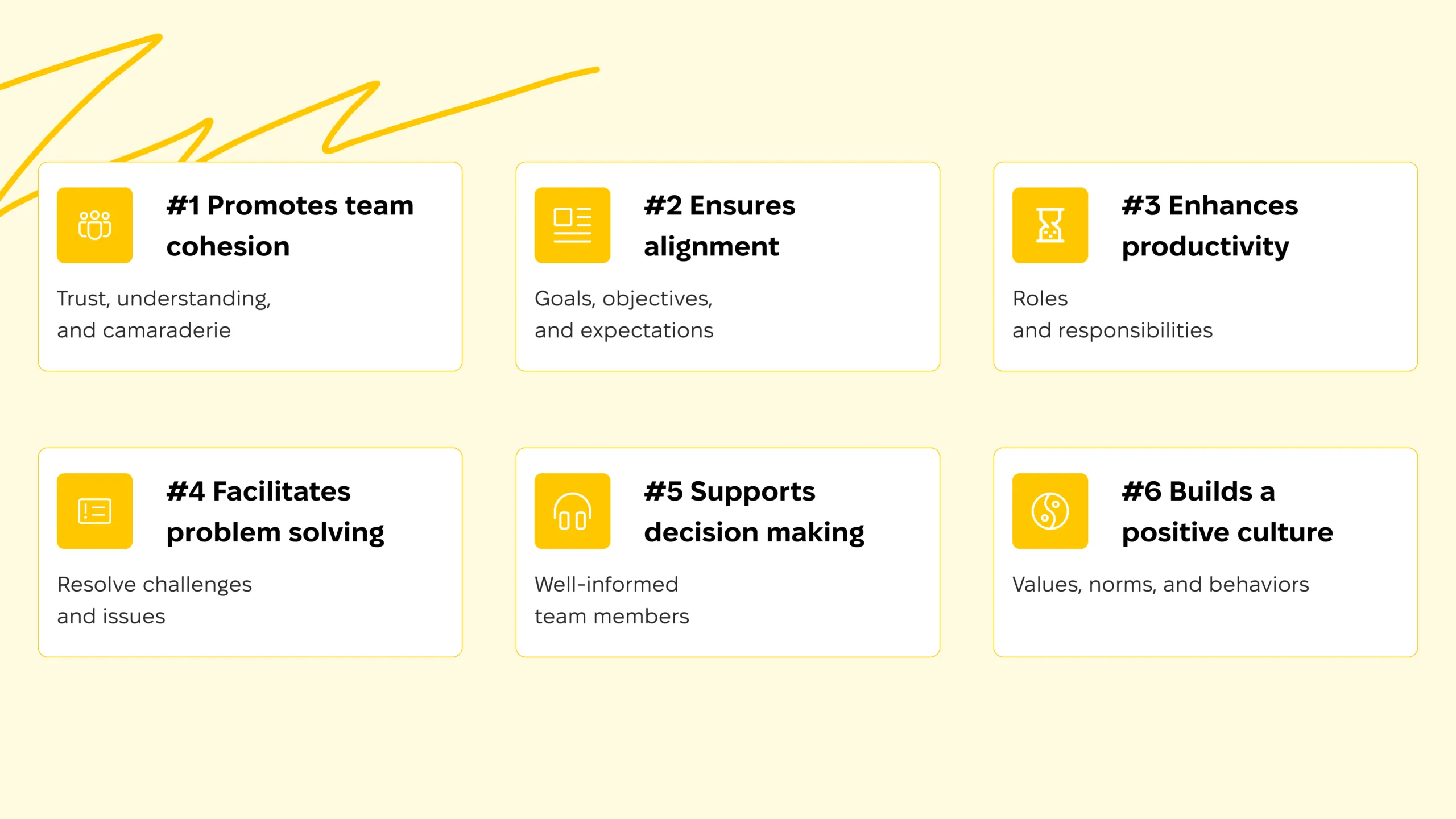
#1 Promotes team cohesion
- What it does: Helps to build trust, understanding, and camaraderie among team members
- Why it matters: Helps prevent feeling isolated or disconnected from the remote team
#2 Ensures alignment
- What it does: Ensures everyone understands the goals, objectives, and expectations.
- Why it matters: Prevents misunderstandings and keeps efforts aligned.
#3 Enhances productivity
- What it does: Helps team members understand their roles and responsibilities better.
- Why it matters: Reduces the need for rework or corrections, leading to efficient task completion.
#4 Facilitates problem solving
- What it does: Helps to quickly address and resolve challenges and issues.
- Why it matters: Ensures efficient collaboration in resolving problems.
#5 Supports decision making
- What it does: Ensures that team members are well-informed for decision-making processes.
- Why it matters: Enables consensus and informed decisions.
#6 Builds a positive culture
- What it does: Reinforces the values, norms, and behaviors defining a team’s culture
- Why it matters: Contributes to a positive remote work environment
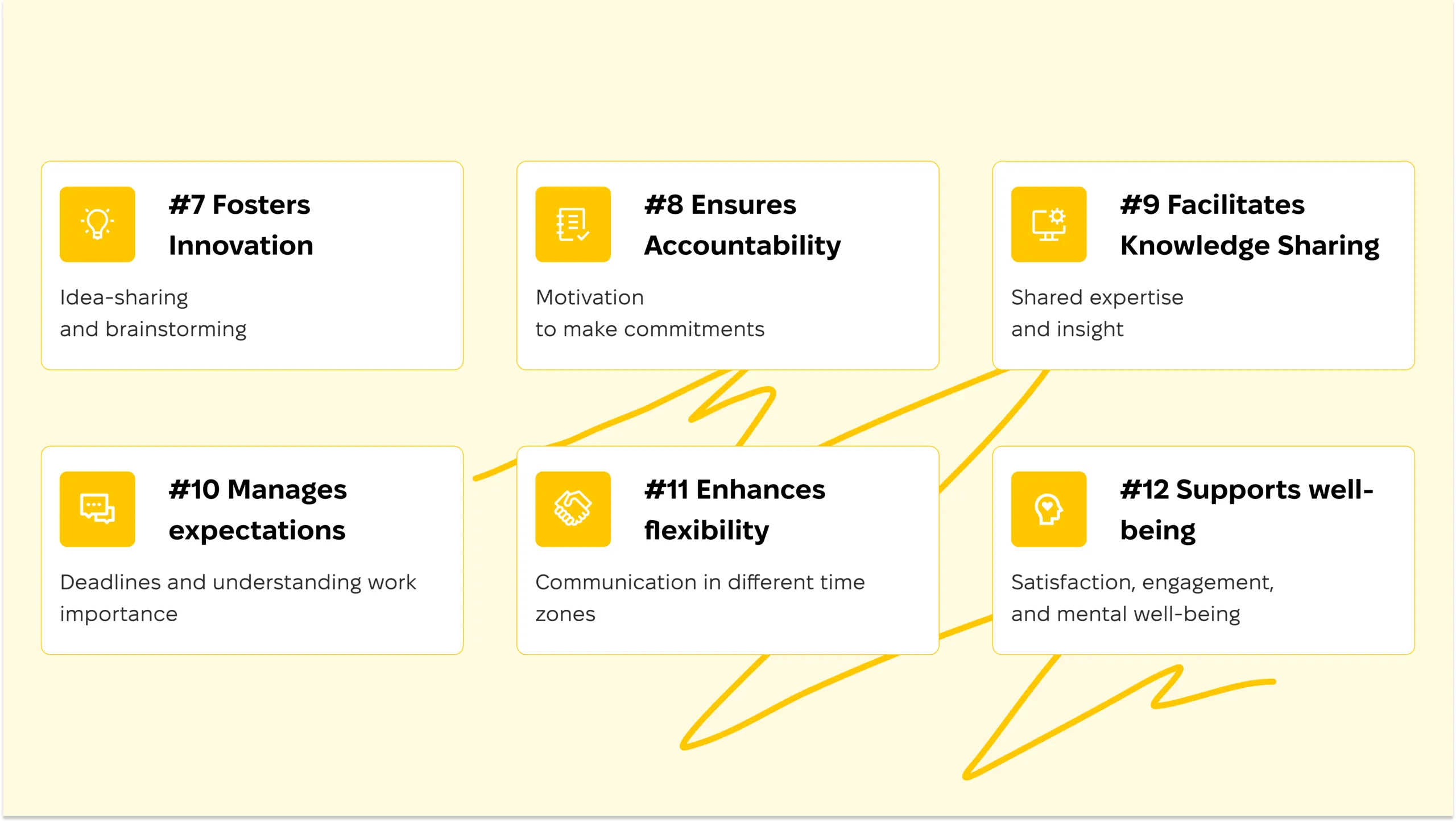
#7 Fosters Innovation and Creativity
- What it does: Encourages idea-sharing and brainstorming
- Why it matters: Leads to innovative solutions and creative thinking
#8 Ensures Accountability
- What it does: Makes team members accountable for their tasks
- Why it matters: Motivates meeting commitments
#9 Facilitates Knowledge Sharing
- What it does: Provides a platform for knowledge transfer between team members
- Why it matters: Ensures expertise and insights are shared among team members
#10 Manages expectations
- What it does: Communicates what’s expected of lead and other team members and why
- Why it matters: Helps in meeting deadlines and understanding work importance
#11 Enhances flexibility
- What it does: Allows for communication in different time zones and varied schedules
- Why it matters: Ensures everyone stays informed, regardless of work timings
#12 Supports employee well-being
- What it does: Helps employees feel heard and connected to their team and organization
- Why it matters: Increases satisfaction, engagement, and mental well-being
There is a simple rule, the better communication — the higher the outcomes. Fewer changes will be required, and you will get better quality for the same money. Besides, it also minimizes the probability of your team refusing to collaborate with you in the middle of the project.
Do you have a development idea in mind? Contact Salesforce specialists from Synebo and let’s discuss!
Issues with Effective Salesforce Development Outsourcing Team Communication
Probably the best starting point for creating effective team communication is figuring out what common issues disrupt it. The list includes the following:
#1 Chaotic Communication and No Understanding What Communication Method is Prevalent
In an age of myriad communication tools, not having a clear, agreed-upon method can lead to messages being lost, misunderstood, or overlooked. This creates confusion, delays, and inefficiencies.
The lack of a predominant communication method can result in stakeholders using various platforms inconsistently, which can further muddle the clarity and effectiveness of communication.
#2 More Engaged Specialists Than Necessary and No Understanding Who Is the Decision-Maker
When too many specialists or stakeholders are involved in discussions, it can lead to decision paralysis. With multiple voices and opinions, reaching a consensus becomes difficult. Additionally, without a clear decision-maker, there can be a lack of direction and responsibility.
#3 Not Approving Calls or Meetings In Advance
Spontaneous meetings can disrupt workflow, especially when working across different time zones. It can lead to unpreparedness, inefficient use of time, and potential resentment among team members who feel their schedules aren’t respected.
#4 Mess with Tasks: Not Having Complete Understanding or Miscommunication
Misunderstandings or incomplete communication about tasks can result in errors, rework, and missed deadlines. Miscommunication often arises from not providing enough detail, unclear instructions, or both parties making assumptions rather than seeking clarification. This not only affects the quality of the work but can also strain the relationship between the teams.
#5 Communicating Through Third-Parties: No Direct Communication with End Customer
Relaying information through third parties can often result in a game of ‘telephone’, where the original message gets distorted or diluted. This indirect communication can lead to misinterpretations, mistakes, and a lack of clarity. Additionally, it might result in missing out on important nuances or feedback directly from the end customer.
#6 Technical Issues
Technical glitches, such as software malfunctions or poor internet connectivity, can disrupt smooth communication. These interruptions can result in missed information and wasted time as well as can frustrate team members, affecting overall productivity and morale.
#7 Language Barrier, Different Times Zones, and Cultural Discrepancies
Language differences can lead to misinterpretations and misunderstandings. Different time zones can make synchronizing schedules challenging, resulting in delays or missed opportunities for real-time collaboration. Cultural discrepancies might lead to different work ethics, communication styles, and expectations, potentially causing friction or misaligned goals.
#8 Developers That Communicate in an Excessively Technical Way with Non-Technical Clients
When developers dive deep into technical jargon, it can confuse and alienate non-technical clients, leading to misaligned expectations, and potentially, incorrect product outcomes. You may feel overwhelmed or left out of the loop, affecting their satisfaction and trust in the team.
It’s important to understand that the magnitude at which any of the listed issues are manifested is paramount. It means that even if there is a single issue, but it’s grown to a critical extent, it’s way more disruptive compared to having 3 to 4 slight issues.
Looking for a trusted provider of Salesforce consulting services? Drop Synebo team a line and let’s discuss!
How to Address Issues in Salesforce Development Outsourcing Team Communication
Now, let’s proceed with reviewing best practices, tips, and strategic advice on how to address the issues listed above and enhance communication in general. The solutions are listed in an order that corresponds to the order of issues, so it’s easy to correlate problems with solutions:
#1 Agree on the Main Communication Method
Both parties should agree on a primary communication tool. It’s always better to communicate via working messengers or with the help of other specialized software solutions. This will ensure that important information is centralized and easily accessible.
Regularly reviewing and potentially updating the chosen method or the policy towards working with it ensures it remains effective as the project progresses.
#2 Define the Main Decision-Maker and Don’t Allow for Suggestions from Uninvolved Stakeholders
Clearly designating a primary decision-maker helps facilitate communication and decision-making processes. This individual will have the final say on decisions and can take feedback from the team while keeping the project on track.
By ensuring only relevant parties are involved in discussions, you can minimize noise and confusion on both sides. All members should be instructed to direct their input or concerns through the designated decision-maker.
#3 Agree on Rules of Scheduling Meetings and Calls and Provide Necessary Means
Establishing clear guidelines for scheduling is vital. This might include setting a notice period for meetings, using shared calendars to check availability, or agreeing on regular check-ins at times convenient for both parties. Such protocols ensure that everyone is adequately prepared and can contribute effectively.
Using scheduling tools or software can further ease the process, allowing members to book or propose times that align with everyone’s availability.
#4 Improving Soft Skills
Communication team building activities can help here. By focusing on enhancing soft communication skills such as active listening, clear articulation, and empathy, team members can better understand and convey task requirements. Training sessions, workshops, or even role-playing scenarios can be organized to help improve these skills.
By practicing active listening, one can ensure they fully grasp what’s being communicated. And by articulating thoughts clearly, teams can ensure their requirements or feedback are well-understood.
#5 Obtain Direct Communication Access or Request Meeting Recording & Action Notes
To mitigate this, teams should seek direct communication access to the end customer whenever possible. This direct interaction provides clearer feedback and fosters a better understanding of the customer’s needs.
Sometimes the end customer shouldn’t know that a certain scope of work is performed by an outsourcing team. This way it’s always possible for a development team to work white label.
If direct communication isn’t feasible, obtaining recordings of meetings and detailed action notes can help in ensuring that the primary messages, feedback, and requirements are captured accurately and can be referred back to as needed.
Here at Synebo, with more than 1000 projects completed, we know well how to ensure that our partners communicate with our outsourcing teams in an effective way. Contact us to discuss opportunities.
#6 Have All Necessary Tech and Plan for Back-Up Communication Means
Ensuring that your in house team members have reliable tech tools, updated software, and robust internet connectivity is crucial. Regularly updating and maintaining these tools can prevent unexpected technical issues. Moreover, having backup communication methods in place, like secondary conferencing software or a secondary internet connection, ensures that communication isn’t hampered in case of unforeseen technical challenges.
Making team members aware of these backup plans and training them on alternative tools ensures a smoother transition in the event of disruptions.
#7 Courses of English, Agreed Overlap Hours, and Education on Cultural Specificities
To address the language barrier, team members can undertake courses in English (or the primary language of communication) to enhance their proficiency. For time zone challenges, teams can agree upon specific overlap hours where both parties are available for meetings and discussions.
Lastly, educating team members on cultural specificities can foster understanding and appreciation, minimizing potential misinterpretations or unintentional offenses. This can be done through workshops, training sessions, or shared resources on cultural norms and values.
#8 Communicate In the Presence or Through PM or BA
So in this situation, you, as a client, may reconsider the person who is responsible for communicating with a provider. Probably, you have a specialist who can be with developers on the same page.
Alternatively, you may request assistance from the provider’s Project Manager (PM) or Business Analyst (BA) to bridge the gap between technical developers and you. These professionals can translate technical specifics into more accessible language for the client, ensuring clarity and understanding. They act as intermediaries, ensuring that both parties’ needs and concerns are addressed.
Regular check-ins with the presence of a PM or BA can help streamline communication with team and ensure that all parties are on the same page.
Are you looking for an experienced outsourcing provider of Salesforce services to drive your project? Drop Salesforce engineers from Synebo a line.
Team Communication Tools that Can Help Collaborating with Outsource Partner
Now when the potential pitfalls in communication and recommended approaches are reviewed, we can move to reviewing the best communication tools and platforms that aid in establishing collaboration:
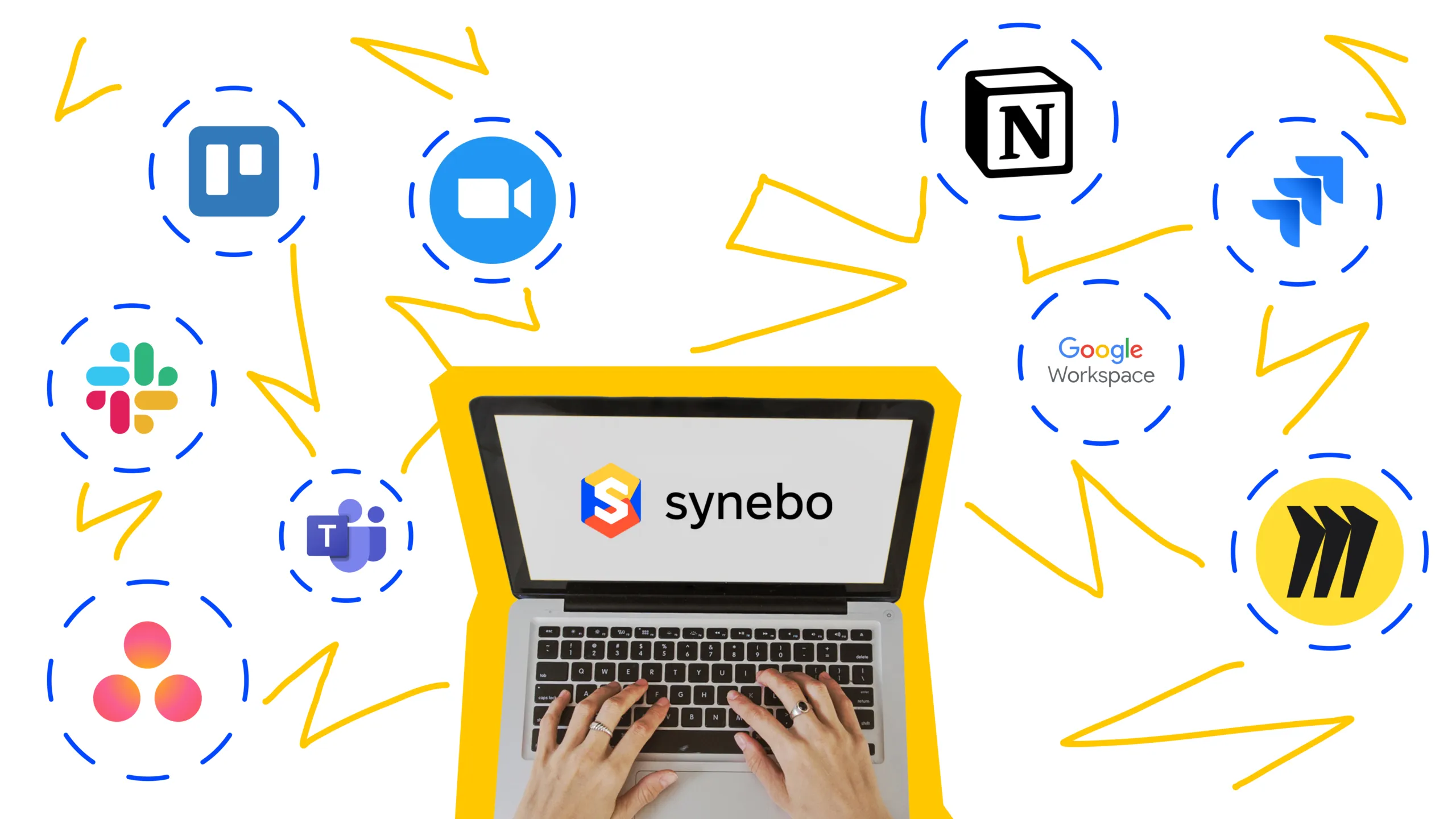
- Slack. A popular messaging platform for real-time communication, file sharing, and app integration.
- Microsoft Teams. Microsoft’s collaboration platform with chat, video conferencing, and file sharing, is ideal for Microsoft 365 users.
- Zoom. Widely-used for video conferencing, supporting video calls, screen sharing, and recording.
- Trello. A visual project management tool with boards, lists, and cards for task organization and tracking.
- Jira. Agile project management tool by Atlassian, used for tracking tasks, issues, and software development sprints.
- Asana. A versatile project management tool for task and project management with integration capabilities.
- Google Workspace. Offers Google Drive, Docs, Sheets, and Meet for document collaboration and communication.
- Notion. An all-in-one workspace for note-taking, task management, and team collaboration.
- Miro. A collaborative online whiteboard platform for visual brainstorming and design work.
As you can see, some of the tools can replace each other, while others serve for additional purposes but communication. Choose what suits you the best.
Need a trusted Salesforce development firm? Reach out to Synebo experts!
Final Take
Outsourcing Salesforce development can be a strategic move for many organizations, bringing in both efficiencies and specialized skills. However, the success of such partnerships greatly hinges on the strength and clarity of communication between the in-house team and the outsourced professionals. By adopting the best practices and strategies discussed in this post, businesses can improve team communication and drive projects toward their desired outcomes.
Should you require assistance from an experienced outsourcing service provider, drop Synebo a line. Our Salesforce development outsourcing teams have completed over 1000 projects in 8 years and are ready, willing, and able to contribute to your success.





